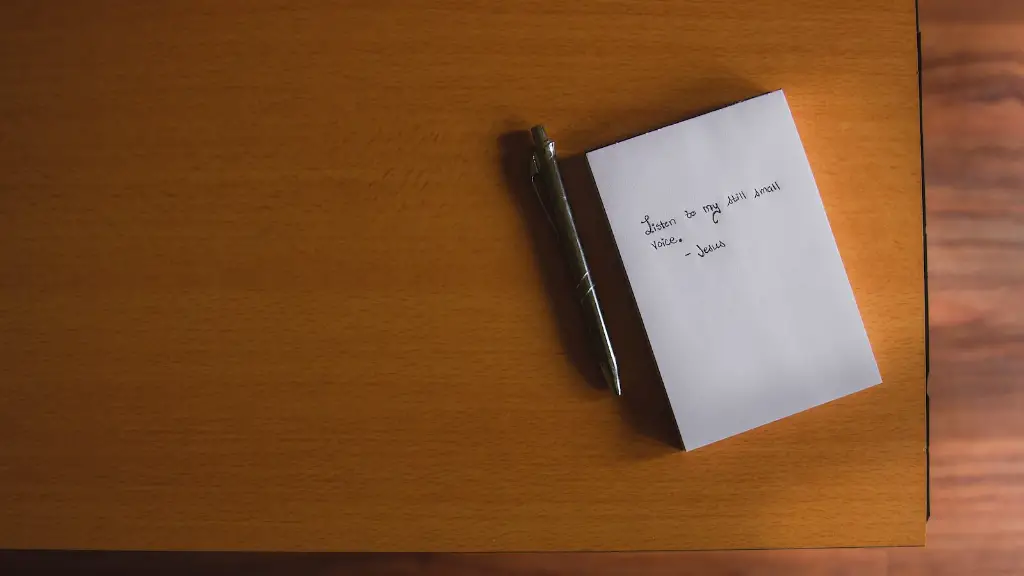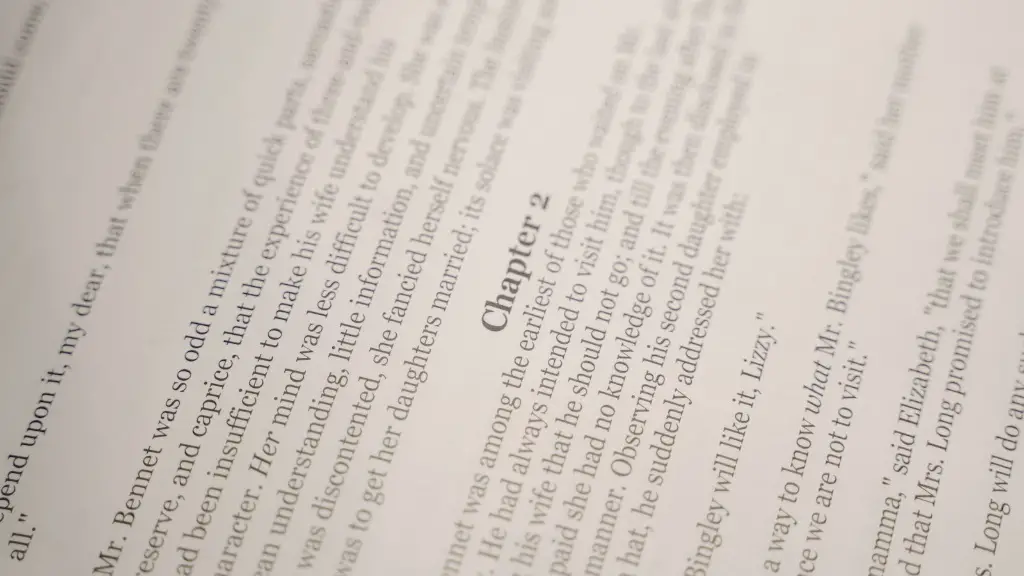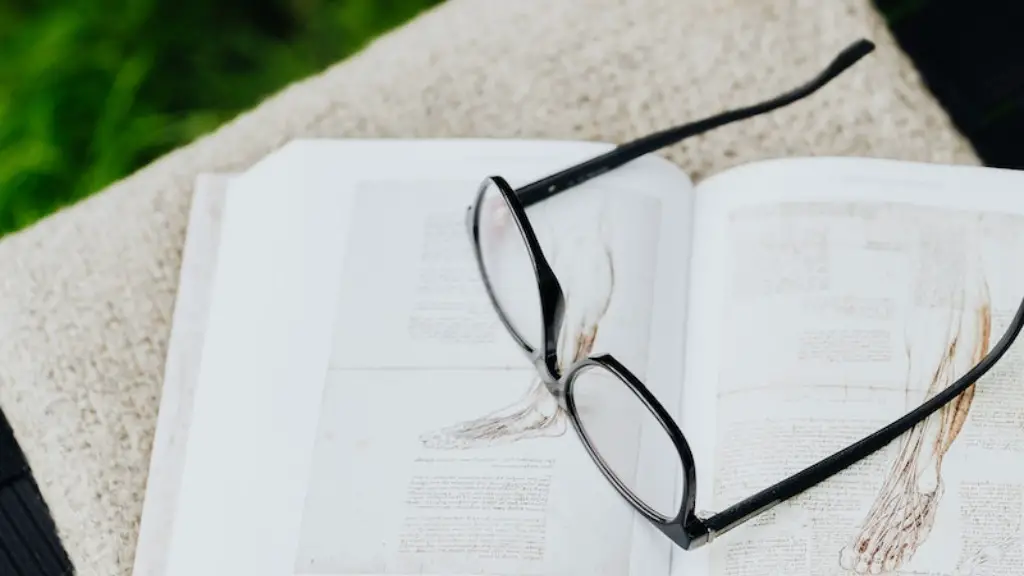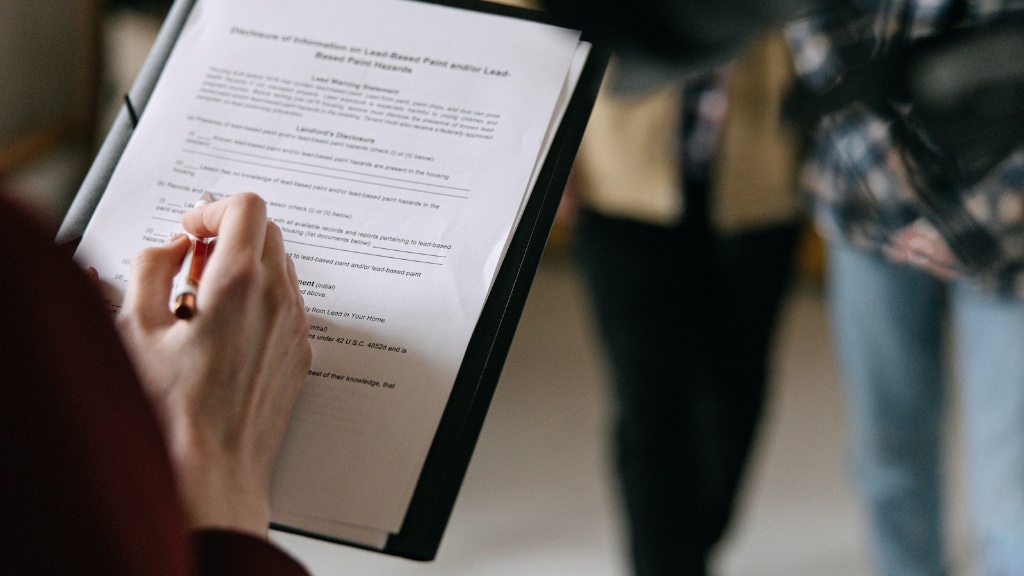What is Poetry?
Poetry is a literary form that has been with us for centuries. It is a form of literature that expresses emotions, feelings, and ideas, in a creative way that some readers can understand and others can relate to. It consists of words, phrases, and figurative language that transports ideas from one mind to the next, to help the reader better comprehend a feeling or experience. Poetry can be written in a variety of styles and forms, ranging from ballads and sonnets to love poems and villanelles.
Elements of Poetry
When attempting to describe poetry, it is important to first understand its various elements. These elements include rhythm, rhyme, meter, line breaks, stanza structure, imagery, emotion, voice, and diction. Rhythm occurs when the same words or word combinations are repeated. Rhyme occurs when the end of consecutive words or phrases have the same letters and sounds. Meter is a pattern of stressed and unstressed syllables found in a line or lines of a poem. Line breaks signify the end of a thought that leads the reader to the next idea. Stanzas are related collections of lines. Imagery is specifically constructed language that paints visual images into the readers mind. Emotion is conveyed within the theme, words, and language of the poem. Voice is the poets unique perspective. Finally, diction is the choice and use of words by the poet to achieve a certain effect.
Figurative Language
Part of a poets job is to take something familiar and make it seem unfamiliar. To do this, a poet often employs figurative language, which is a non-literal comparison of two different things. A great example of this is the use of a metaphor, which is a comparison without the use of the words like or as. Another type of figurative language is simile, which involves the comparison of two objects by using the word like or as. Personification is another type of figurative language, wherein an animal or object is described as if it were a human.
Interpretation
Given the wide variety of styles, forms, and elements of poetry, it is important to have a clear understanding of the poet’s intent before attempting to describe the poem. Paying close attention to the implications of the words, language, and imagery will help readers gain a better understanding of the poem. Interpreting a poem can feel like a daunting task, but there are a few key tools that can aid in the process.
The first tool is to consider the tone of the poem. Tone is the emotion that the poet uses to express his feelings to his audience. Words, phrases, and other elements should be noted in order to pin down the tone of the poem.
The second tool is to focus on the specific words used by the poet and their implications. Words can have both very literal and metaphorical meanings, so it’s important to consider both sides of their implications. Additionally, when describing a poem, it is important to think about their connotations. Connotations, or secondary meanings, exist in the readers mind, and can help elucidate the poem’s deeper messages and meanings.
The third tool is to consider the poem’s form and meter. Form and meter often influence the way in which a poem is read, and are important to consider when attempting to describe a poem. The form and meter can not only affect the poem’s meaning in terms of the implicit message, but also the way in which one speaks the poem.
Word Choice
Word choice is an incredibly important part of poetry. Poets use a variety of words to help convey their ideas and create the desired effect and atmosphere in their work. When describing a poem, it is important to pay attention to the words chosen by the poet, as well as the implications of their meanings. Additionally, the emotions generated by the words and the poet’s use of vivid language must be taken into account.
Rhetorical Devices
Rhetorical devices are also an important part of poetry. Rhetorical devices are persuasive tools used by a speaker or writer in order to add emphasis and persuade the reader or listener. When describing a poem, it is important to consider the rhetorical devices used by the poet. Examples of rhetorical devices used in poetry are repetition, exaggeration, parallelism, and understatement.
Research
Researching the meaning of a poem can be a helpful tool for providing a clearer interpretation of a poem. Poets often draw on specific moments in history, mythology, literature, or cultural movements to influence their work. Additionally, researching the poet’s biography can often provide further insight into the meaning behind a poet’s work.
Poem Study
Finally,studying a poem involves spending time with the poem, contemplating its ideas and language, and seeing how all of the aspects of the poem come together to create the overall effect. Drawing connections between the poem’s ideas, language, structure, and form can help to unlock the deeper implications of a poem.
Writing About a Poem
When attempting to write about a poem, it is important to be clear and concise while still providing interesting insights and observations. It’s helpful to begin with a brief summary of the poem and continue by analyzing the poem’s elements, language, and implications. Additionally, mentioning the work of other critics can add further insight and context to the poem’s meaning.
Metaphor and Symbolism
Poets use metaphors and symbols to enhance meaning or evoke emotion in a poem. Metaphors refer to comparisons of two different things without using specific connecting words, like or as. For example, if a poet were to write ‘the sun is a furnace’, they would be using a metaphor. Meanwhile, symbols represent something that is not literal, but instead stands for something else. Symbols are often more abstract than metaphors, and can be more open to interpretation.
Imagery
Imagery is one of the most important elements of poetry. It can be one of the most effective ways for a poet to illustrate emotion and create vivid scenes in a readers mind. Imagery includes words and phrases that trigger sensory responses and help the reader to visualize a certain idea.
Structure
The structure of a poem often provides further meaning to the work. Poems have a variety of different structures, such as rhyme schemes, verse forms, and meter. Each poem has their own unique structure, and understanding the structure of a poem can help readers better comprehend the poem’s ideas and emotions.
Conclusion
When attempting to describe poetry, it is important to understand its various elements, such as rhythm, rhyme, meter, line breaks, stanza structure, imagery, emotion, voice, and diction. Additionally, it is essential to consider the tone of the poem, any figurative language used, the implications of the words, and any rhetorical devices employed by the poet. Researching the poem and poet can also provide additional insight. Finally, studying the structure, imagery, and word choice of a poem can help to unlock its full meaning.



